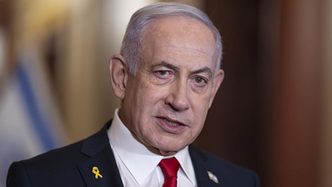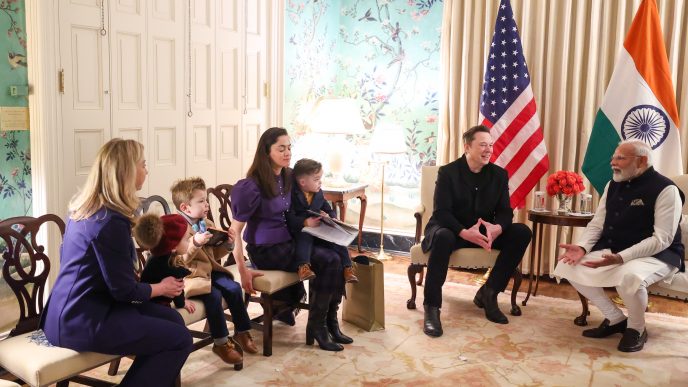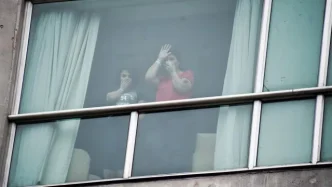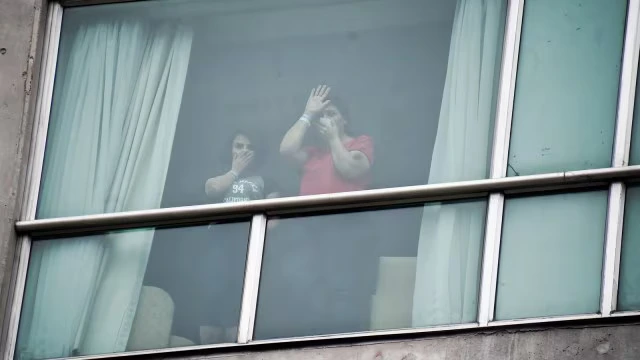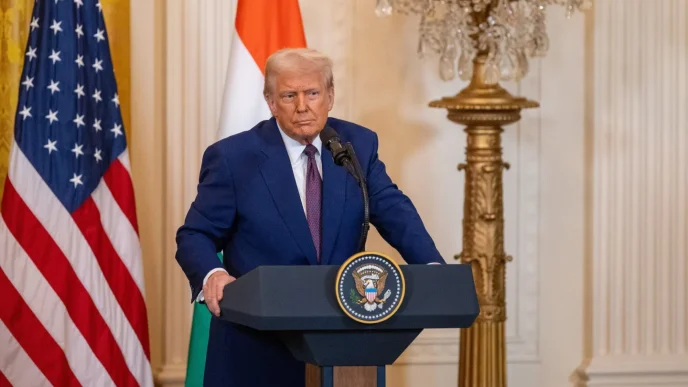On Tuesday, Israeli Prime Minister Benjamin Netanyahu issued a threat to withdraw from the armistice in the Gaza Strip and recommence its conflict with Hamas if the militant group fails to execute the next scheduled hostage release on Saturday.
After accusing Israel of failing to comply with the ceasefire terms, including the denial of sufficient tents and other humanitarian aid to Gaza, Hamas announced on Monday and reiterated on Tuesday that it intended to postpone the release of three additional detainees.
Israel has been encouraged by US President Donald Trump to demand the release of additional hostages on Saturday. However, it was not immediately apparent whether Netanyahu’s threat was directed at the release of all remaining hostages in Gaza or only the three scheduled for release on Saturday.
An Israeli official stated on Tuesday that Netanyahu instructed the army to increase the number of soldiers stationed in and around the Gaza Strip. The official, who spoke on condition of anonymity to discuss a private meeting, also stated that Netanyahu instructed officials to “prepare for every scenario if Hamas does not release our hostages this Saturday.”
On Monday, Israel indicated its intention to fortify its defenses along the Gaza border. The Hamas threat was the primary focus of a four-hour meeting between Netanyahu and his Security Cabinet, during which the all-scenario plan was disclosed. This plan has the potential to jeopardize the three-week-old ceasefire.
In exchange for hundreds of Palestinian detainees, Hamas has thus far released 21 hostages.
If all of the approximately 70 hostages are not released by Saturday, U.S. President Donald Trump has stated that Israel should terminate the armistice in its entirety. On Tuesday, Hamas dismissed his threat, reiterating its assertion that Israel has violated the ceasefire. It also cautioned that it would only continue to release detainees if all parties adhered to the ceasefire.
On Tuesday, Trump will be hosting Jordan’s King Abdullah II at the White House as part of his audacious plan to transform the Middle East. The president is increasing pressure on the Arab nation to accept refugees from Gaza, potentially permanently.
The international community and Palestinians have been incensed by Trump’s recent statements that any Palestinians who may be expelled from Gaza would not have the right to return.
Hamas pledged to release 33 hostages captured in its October 7, 2023, attack on Israel during the initial six-week portion of the ceasefire, while Israel announced its agreement to release nearly 2,000 Palestinian prisoners. Five exchanges have been executed between the two parties since January 19.
If an agreement is not reached on the more complex second phase of the ceasefire, which requires the return of all remaining hostages and an indefinite extension of the truce, the conflict could resume in early March.
However, Israel will encounter a battlefield that is markedly different if the conflict is reactivated. In the initial phases of the conflict, Israel forcibly evacuated hundreds of thousands of Palestinians to southern Gaza. Subsequently, it permitted a significant number of these displaced individuals to return to the remnants of their homes, which presented a new obstacle to the movement of ground troops through the region.
